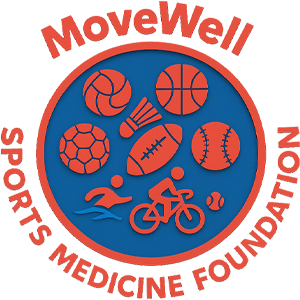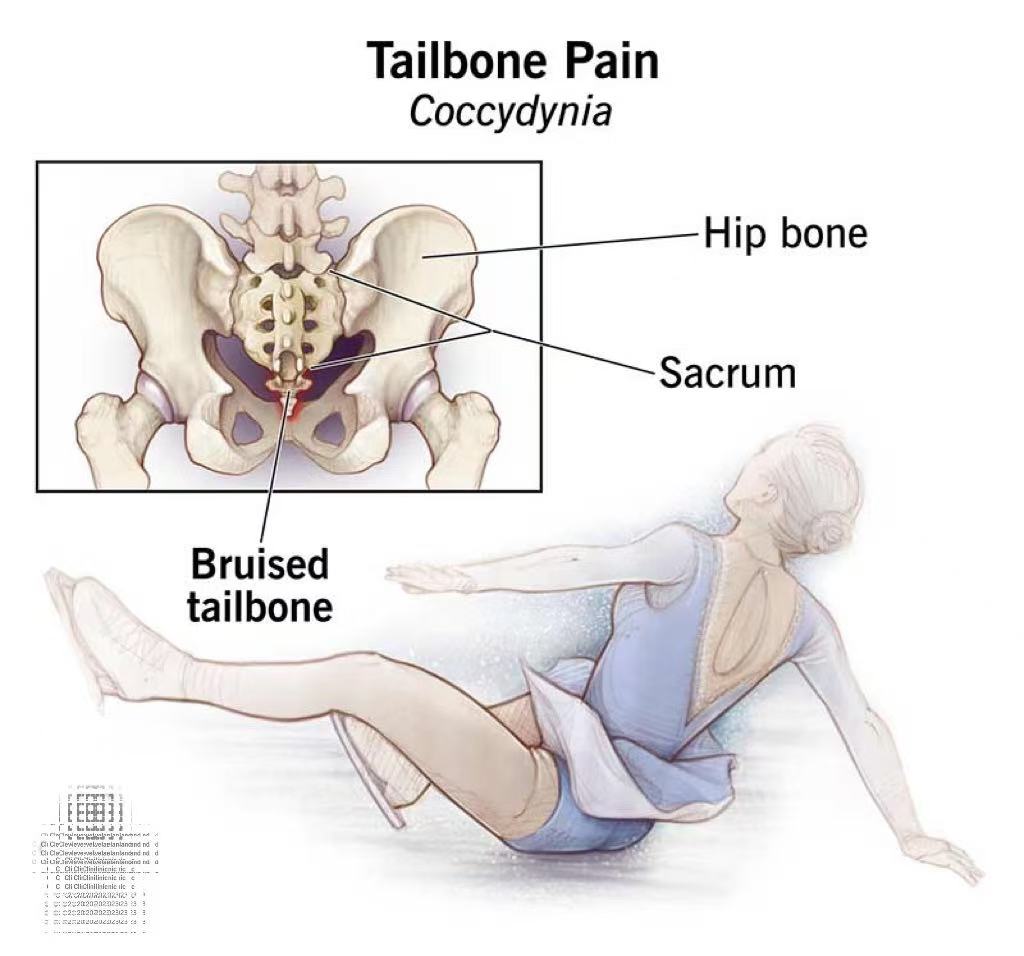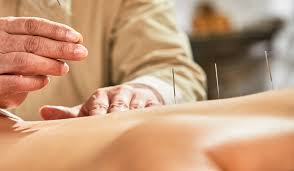“Coccyx” is the anatomical term for the tailbone, which is the small, triangular bony structure at the very bottom of the spine. It is made up of 3–5 fused vertebrae and serves as an attachment point for ligaments, tendons, and muscles of the pelvic floor. The tailbone does not bear heavy weight but is vulnerable to impact or prolonged pressure. Special care is needed during physical activity. Here are scientific strategies for protection and rehabilitation:
1. Strategies to Prevent Tailbone(Coccyx) Injuries During Exercise
Choose Appropriate Activities
· Avoid high-impact or fall-prone sports such as skiing, skateboarding, and horseback riding. If participating, use additional protective measures.
· Low-impact exercises like swimming, cycling (with a proper saddle), yoga, and Pilates are safer.
Wear Protective Gear
· Use tailbone pads or protective shorts in skateboarding, skiing, or cycling to cushion impacts.
Maintain Proper Posture and Landing Techniques
· Learn correct landing techniques in jumping, running, or ball sports to distribute impact through legs and glutes rather than landing directly on the tailbone.
· Keep the core engaged during movements like bridges or squats to reduce pressure on the tailbone.
Manage Exercise Volume
· Avoid long periods of continuous exercise or sitting on hard surfaces.
· Warm up thoroughly to strengthen core muscles and stabilize the tailbone region.
2. Protection and Rehabilitation After Injury
Immediate Care
· Apply ice packs (10–15 minutes each time, once per hour) to reduce swelling and pain.
· Avoid sitting directly on hard surfaces; use a tailbone cushion (donut or U-shaped) to relieve pressure.
Moderate Activity
· Light walking and stretching the glute and lower back muscles can promote blood circulation and prevent stiffness.
· Avoid intense exercises or direct pressure on the tailbone until pain significantly decreases.
Physical Therapy
· Therapy, massage, and core strengthening can speed recovery.
· If pain persists more than 2–3 weeks, see a doctor to rule out fractures or tailbone displacement.
3. Strengthening Muscles Around the Tailbone
Glute and Piriformis Exercises: Squats, bridges, and hip lifts.
Core Training: Planks and abdominal exercises to increase support around the tailbone and reduce impact.




